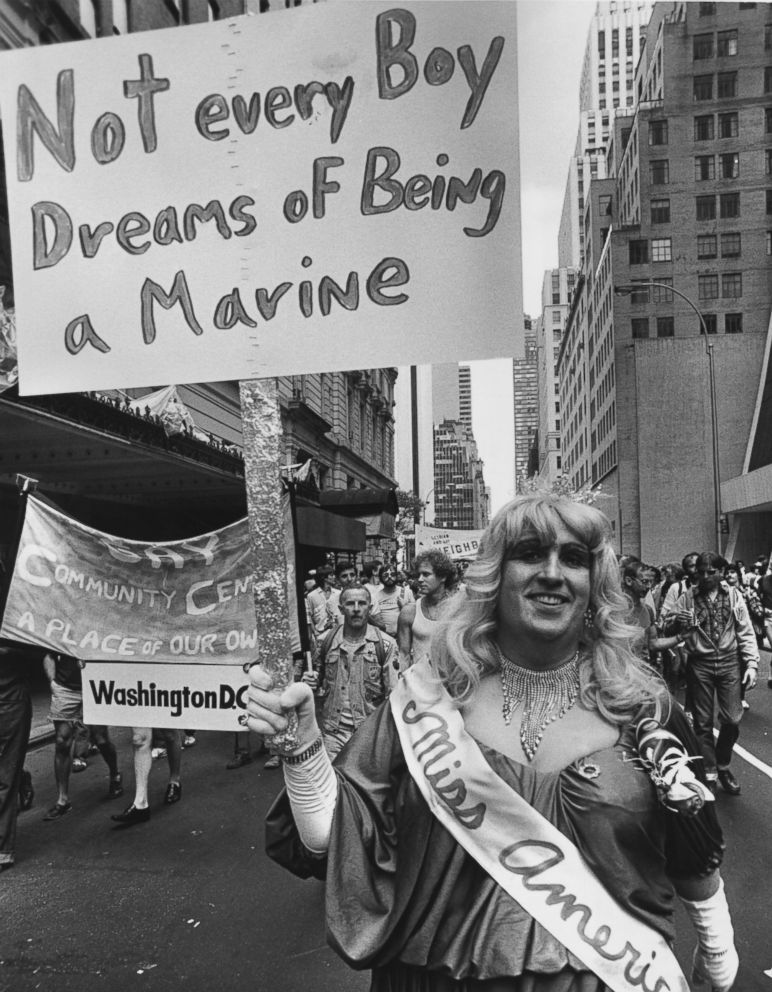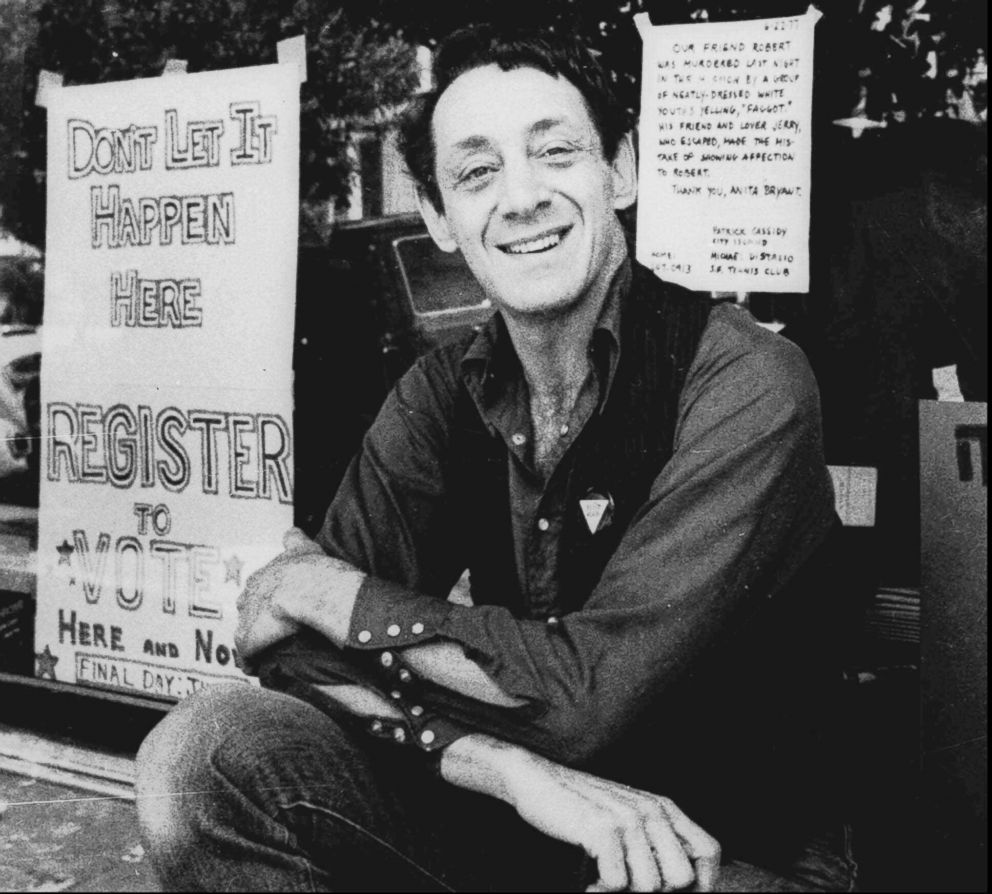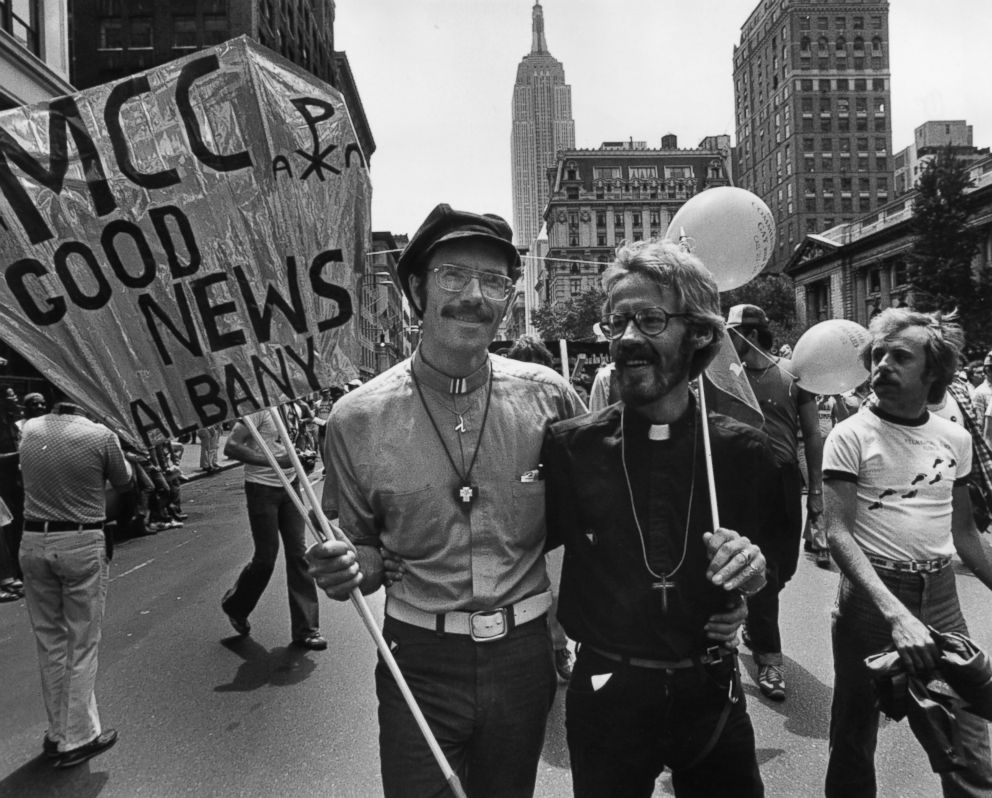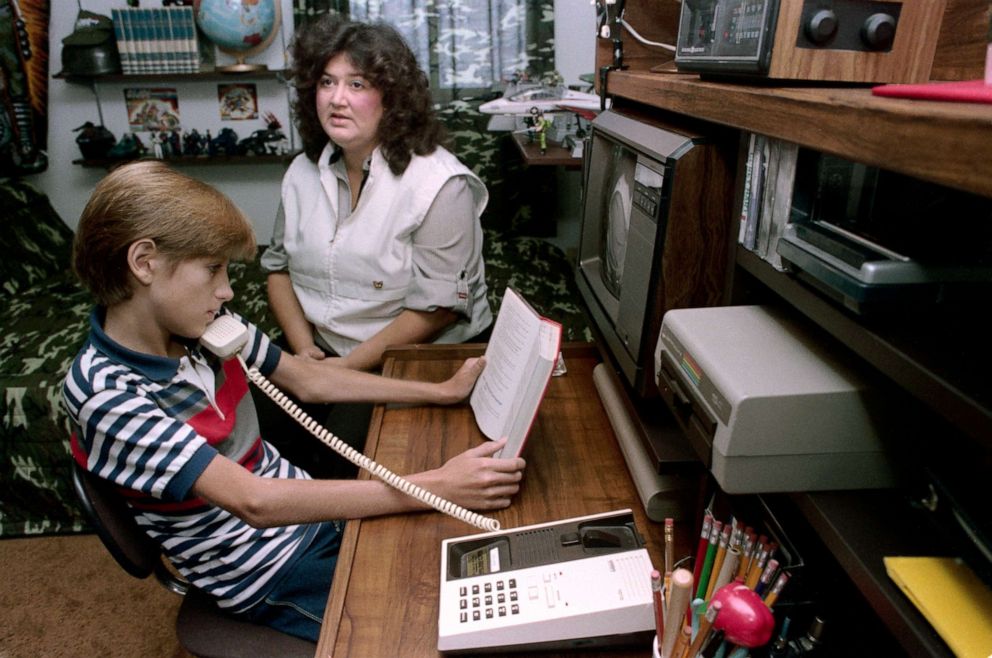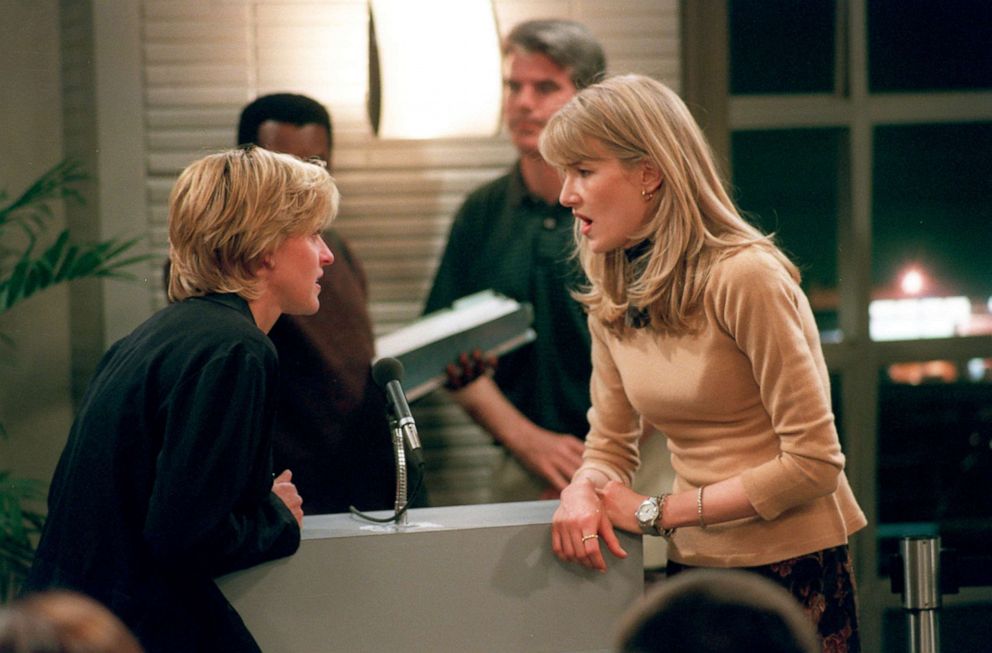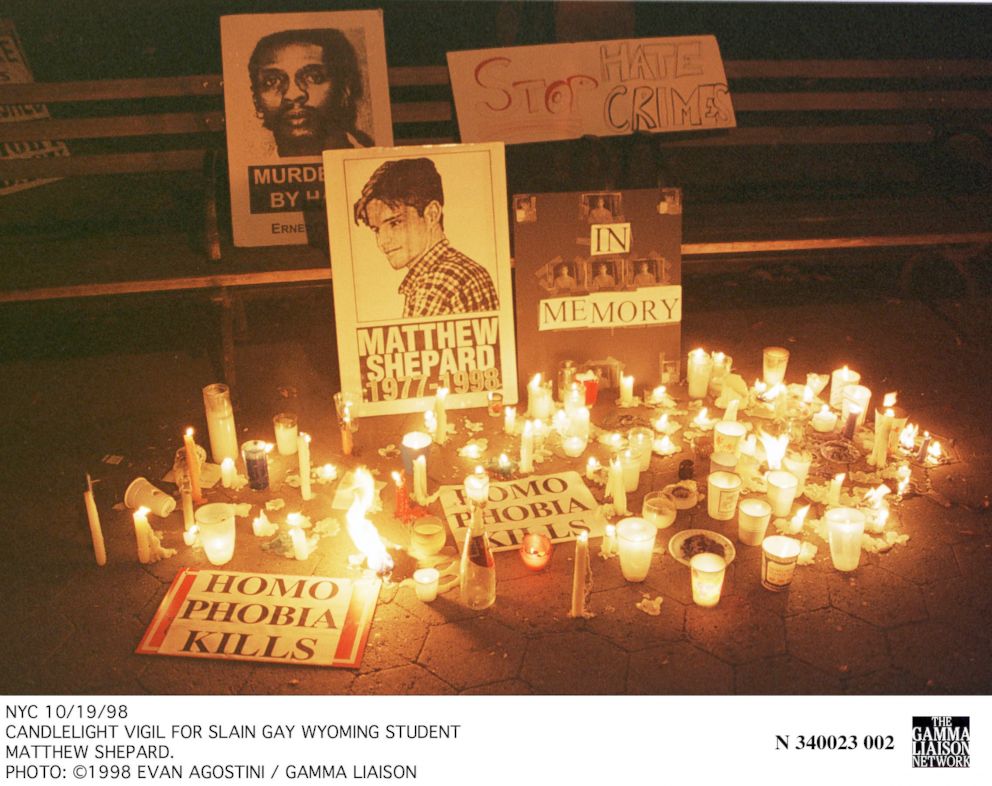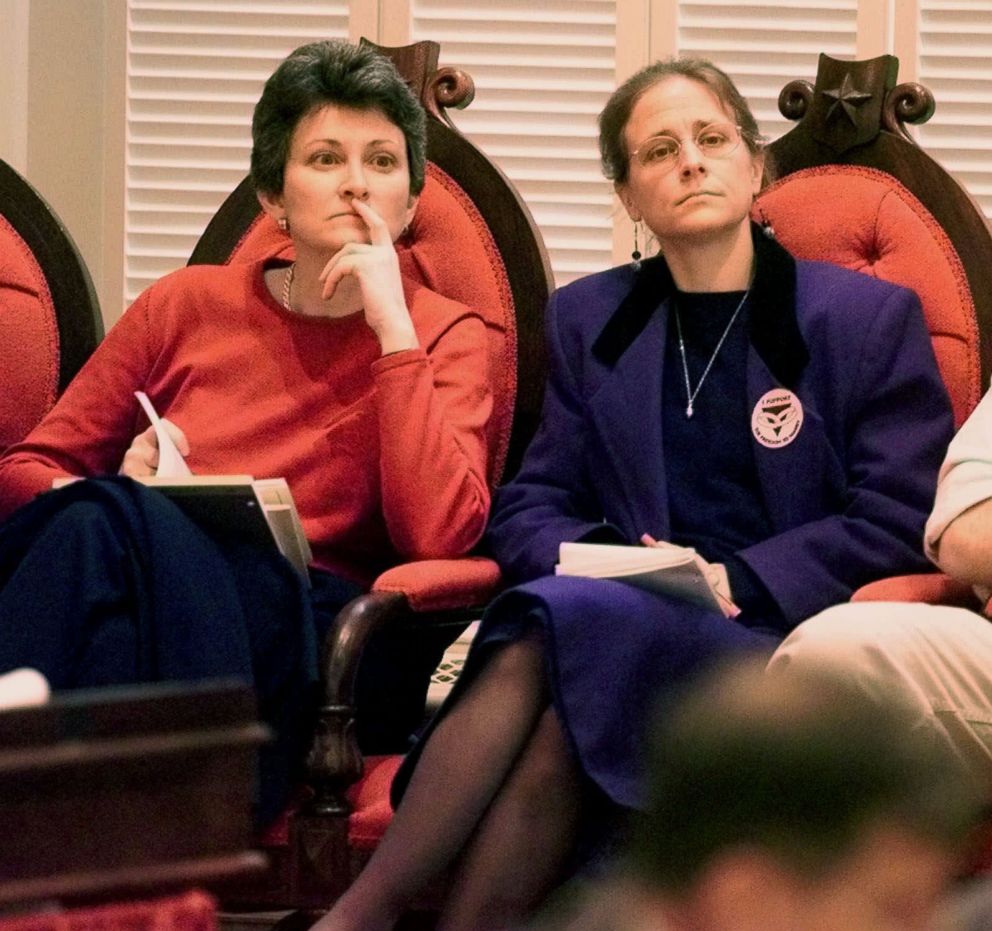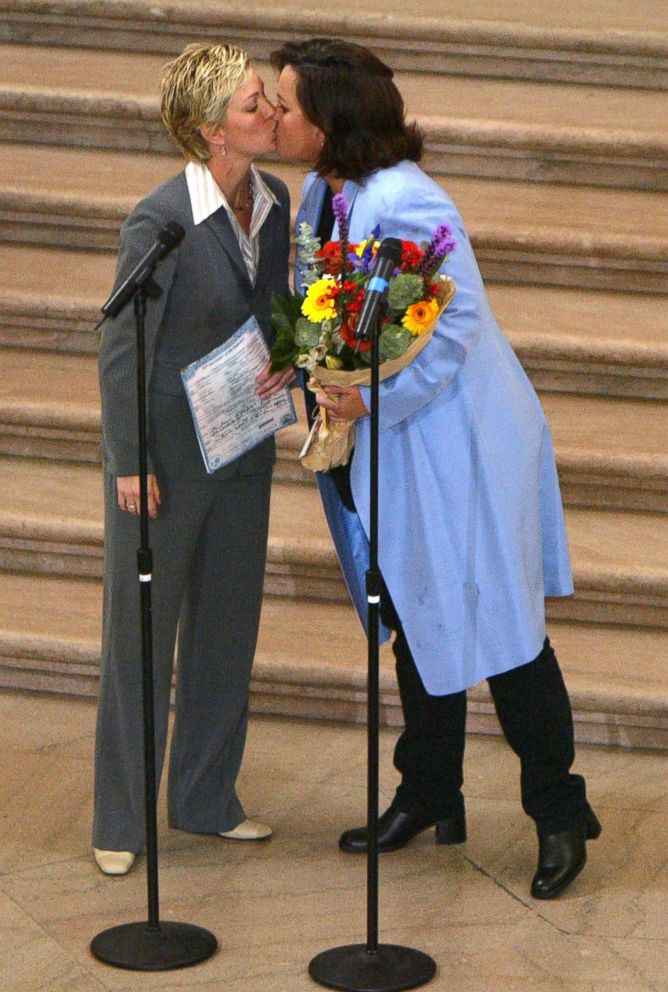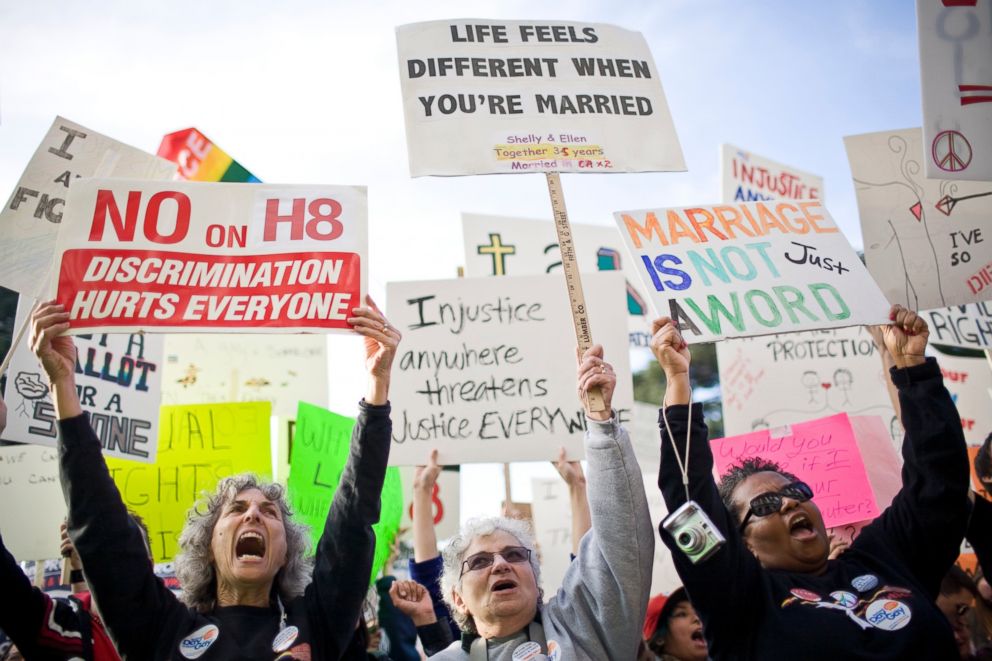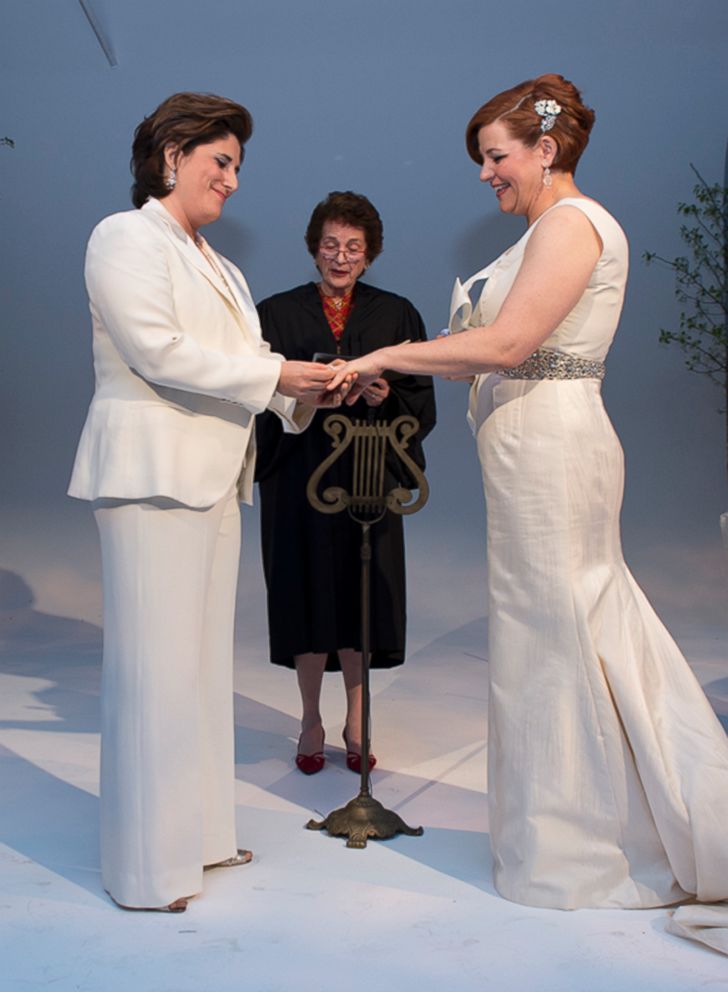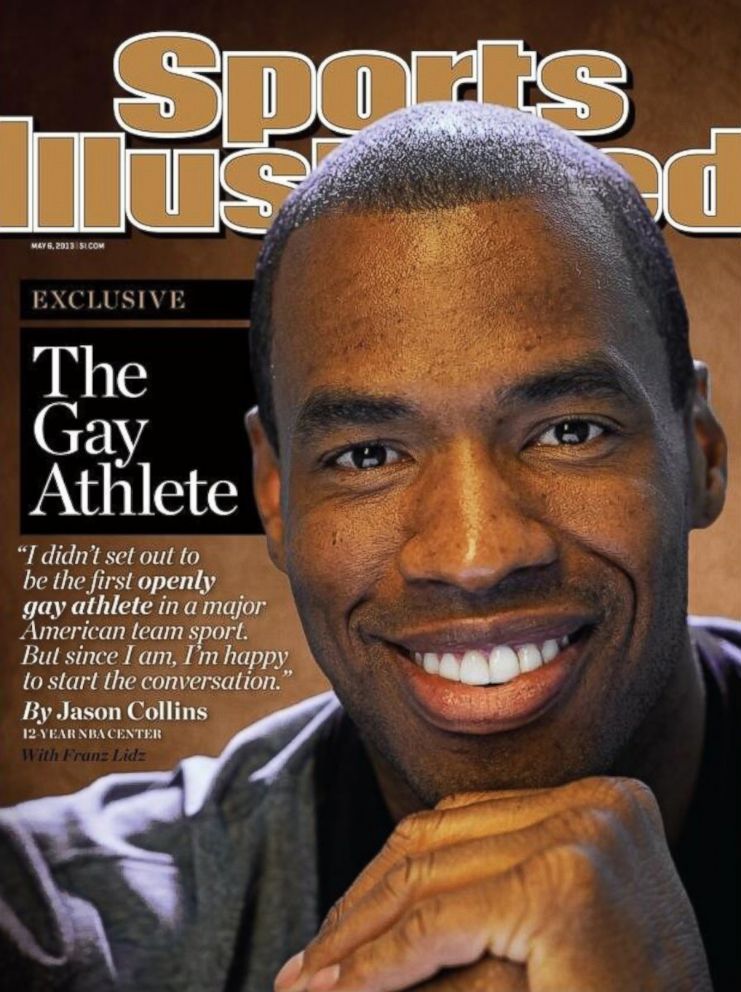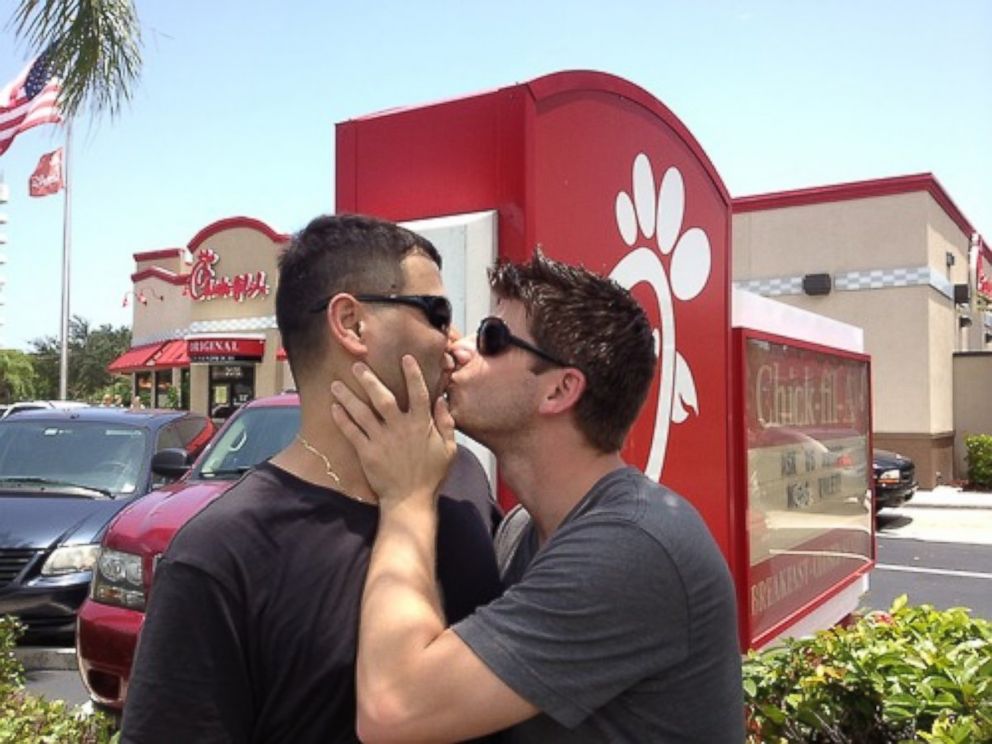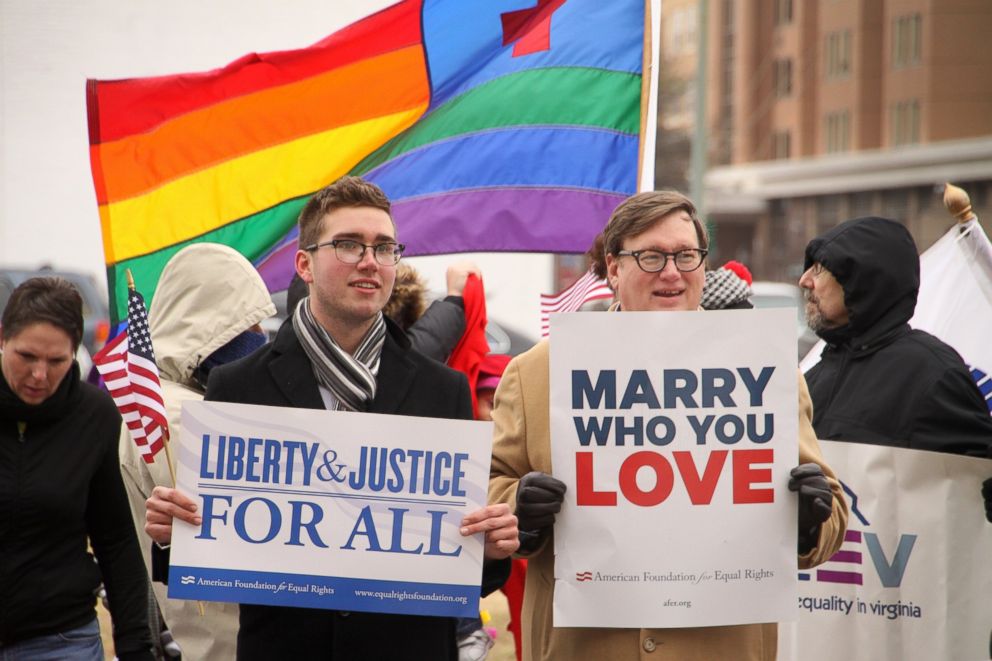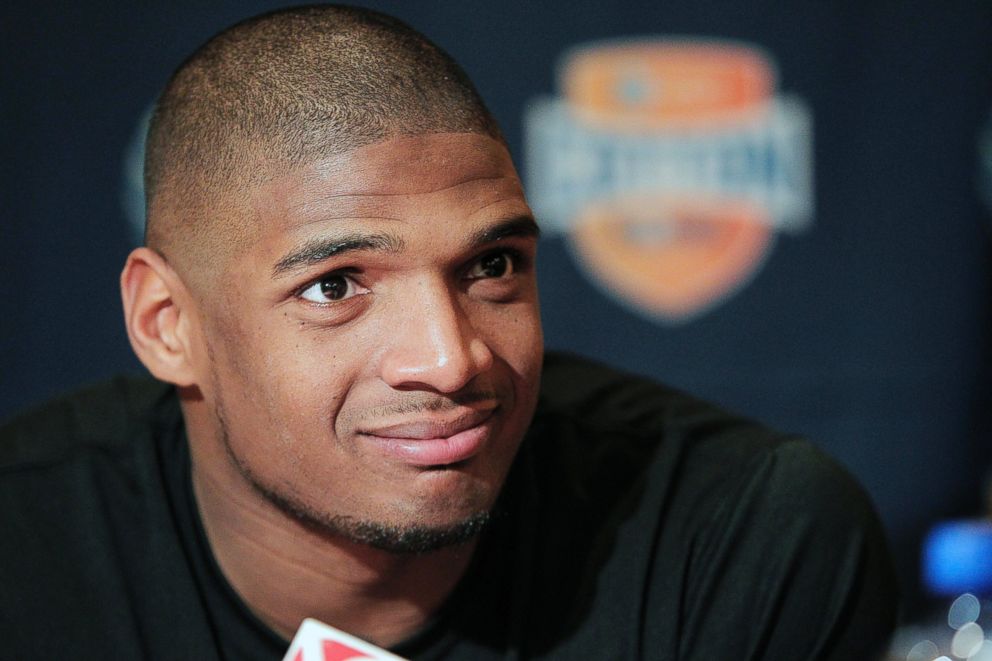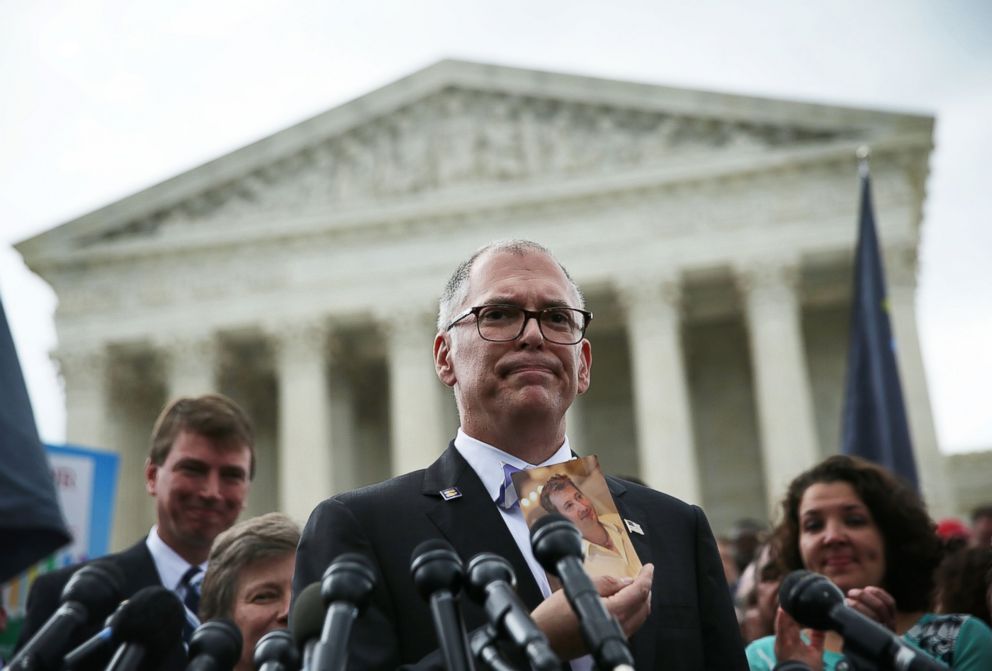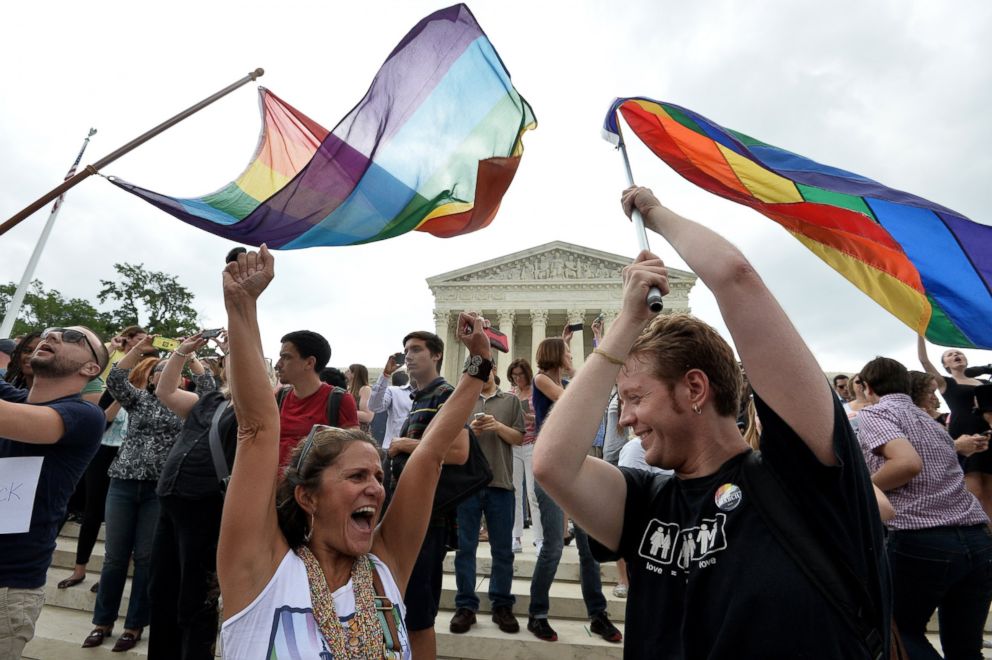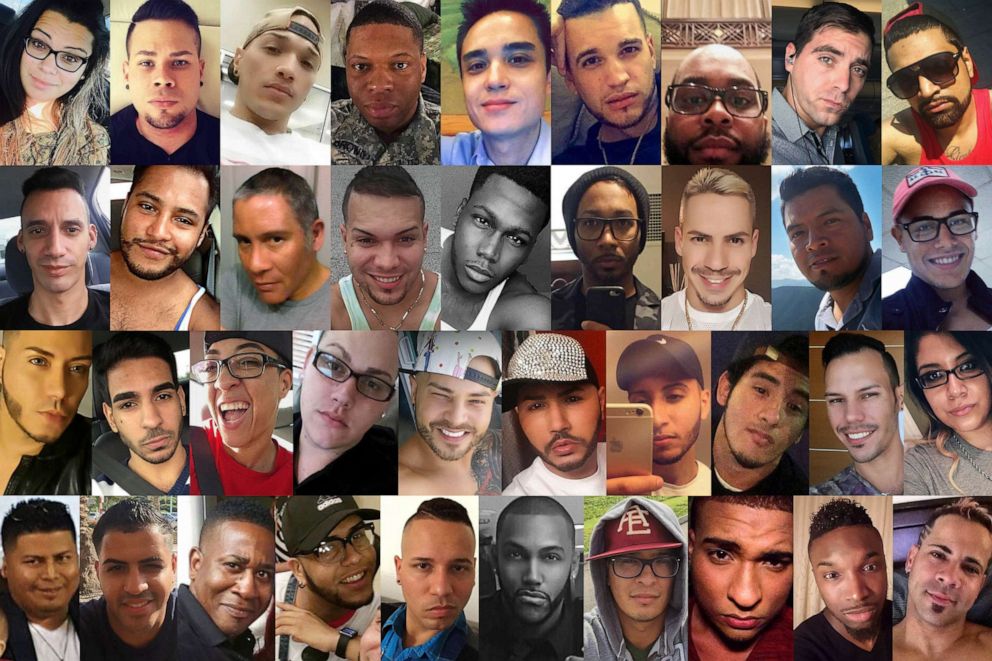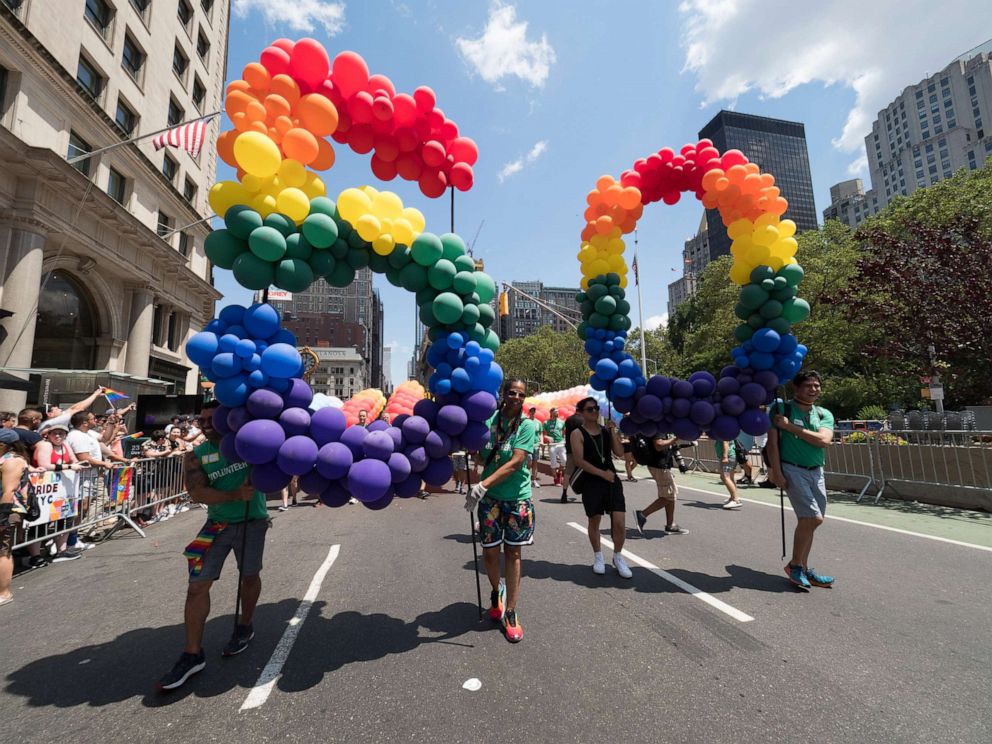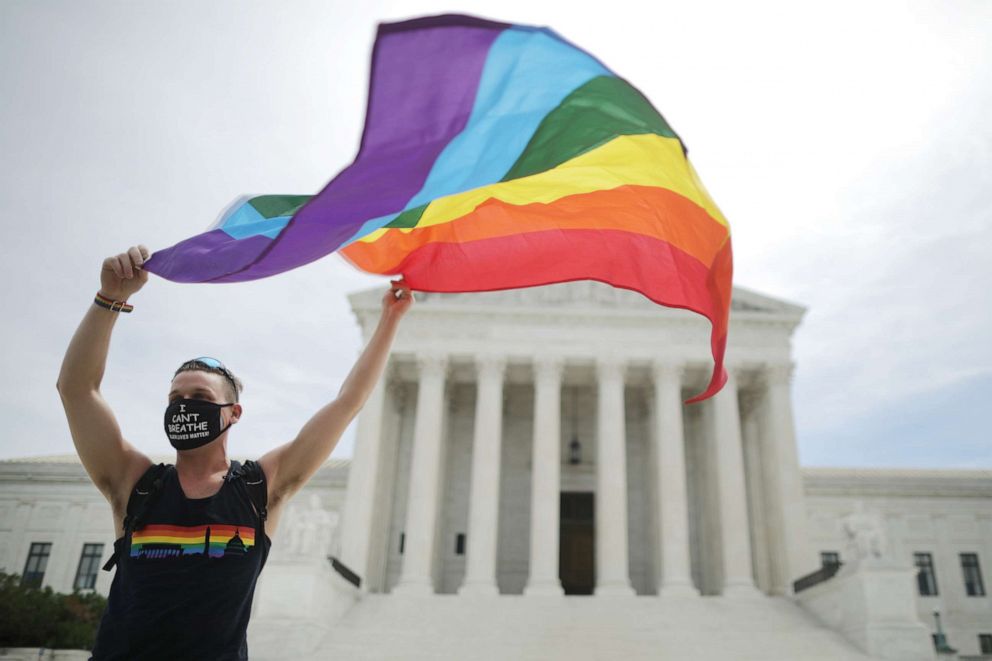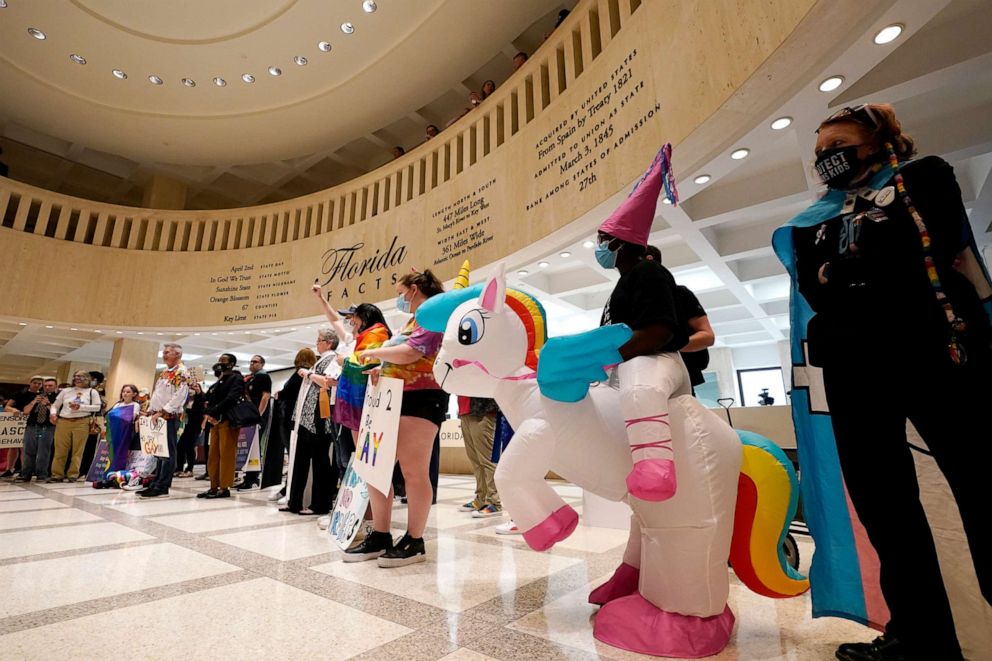LGBT activists remember Stonewall riots 50 years later: 'We were fighting and it was for our lives'
The riot began the gay civil rights movement.
In 1969, Mark Segal was just 18 years old. He was at the Stonewall Inn on June 28 when riots at the New York City gay bar changed the course of LGBTQ+ rights in America forever.
Segal went on to become one of the youngest members of the Gay Liberation Front, an activist group, helping to organize the first gay youth organization and the first gay pride march.
"Growing up in the 1950s, you conformed to society and what it was…obviously 'no one is supposed to be gay.' I think that was a message that kept people like me in the closet," Segal told ABC News. "But, our youth, our generation was a different generation. We weren't going to be conformists to the 1950s."
Watch "Woodstock Generation" TONIGHT at 10 ET on ABC.
In the spring of 1969, looking for a community, Segal moved from his hometown of Philadelphia to New York City, where he frequented the Stonewall.
"It was a glorious place to be because we could be open, we could be ourselves, we could dance, we could hug, we could kiss. We could be openly who we were," he said.
Very few businesses welcomed openly gay people at the time, and overall society and laws were extremely hostile to LGBTQ-identifying people.
"In 1969, there was really no such thing as being 'out,'" said actress and contemporary LGBTQ+ advocate Laverne Cox. "Gay and lesbian people were deeply stigmatized. Of course, it was illegal to be who you were. There weren't a lot of places where LGBTQ people could gather. So, everything was underground."
In 1969, the Stonewall Inn bar was owned by the mafia.
"It had no license, because you couldn't serve alcohol to a known homosexual in New York because you would probably lose your license," Segal said. "The police knew it was illegal because there was an agreement that every few weeks, they'd come in and raid the place and get a payoff. And so the mafia made money off the gay people. I know that might sound strange, but at least we had a place."
Timeline: Key Moments in Fight for Gay Rights
"Wherever there was a gay bar that existed, the cops were paid off," said activist Jim Fouratt, who was also at the Stonewall Inn that night in June, and went on to co-found the Gay Liberation Front. "There's a flashpoint where everything changed. Stonewall exploded without any expectation. I had no idea what was going to happen."
Accounts of who was there vary, but on the night the riots started, many claim self-identified "queen" Marsha P. Johnson was at the bar to celebrate her birthday.
"No one expected anything special to happen," Segal remembered. "I remember being at the bar when the lights flickered and I said, ‘Why are the lights flickering?'"
Police entered the bar, and people say that is when the music stopped. Police were ready to arrest anyone cross-dressing, which was illegal at the time, and seize the alcohol at the bar.
"I'd never been in a raid in my life before, so to me, you know, I was panicking a little," Segal said.
Fouratt had been working late that night, and when he walked up Christopher Street in Greenwich Village where the bar was, he saw a police car in front of the Stonewall.
"I thought, what's going on here? There's maybe 30 or 40 people gathered in the street," Fouratt said.
"Another policeman came out, and said something to one of the queens, and one of the queens screamed something back at him, and that's where it all began," Segal said. "Cans were thrown. Windows were broken. The police called for reinforcement, and it got a little out of hand."
"There was supposed to have been a shoe thrown, or there was a brick thrown. Or someone threw off a Molotov cocktail," Miss Major Griffin-Gracy, a transgender rights activist who frequented the Stonewall Inn, told ABC News. "We were fighting and it was for our lives."
Few media outlets covered the rioting at the time, and reports vary on what happened and how many people were there, but Segal said it was a monumental rebellion and a watershed moment.
"What happened that night that made it different than any other night, is that we had been witnessing for months the counterculture of the 1960s coming to a head," he said. "The antiwar movement was very violent and angry. We were joyous. We were so happy that night! Because we were fighting back! And we have never done so before."
"We all decided to break off the shackles of 2,000 years of oppression," Segal added. "That night the police represented that oppression of religion, family, church, every single thing in society that hated us. It was, out loud! Proud and gay!"
The riots continued over several days, involving clashes with police and drawing crowds to downtown Manhattan. The Gay Liberation Front "was born from the ashes of Stonewall," according to Segal.
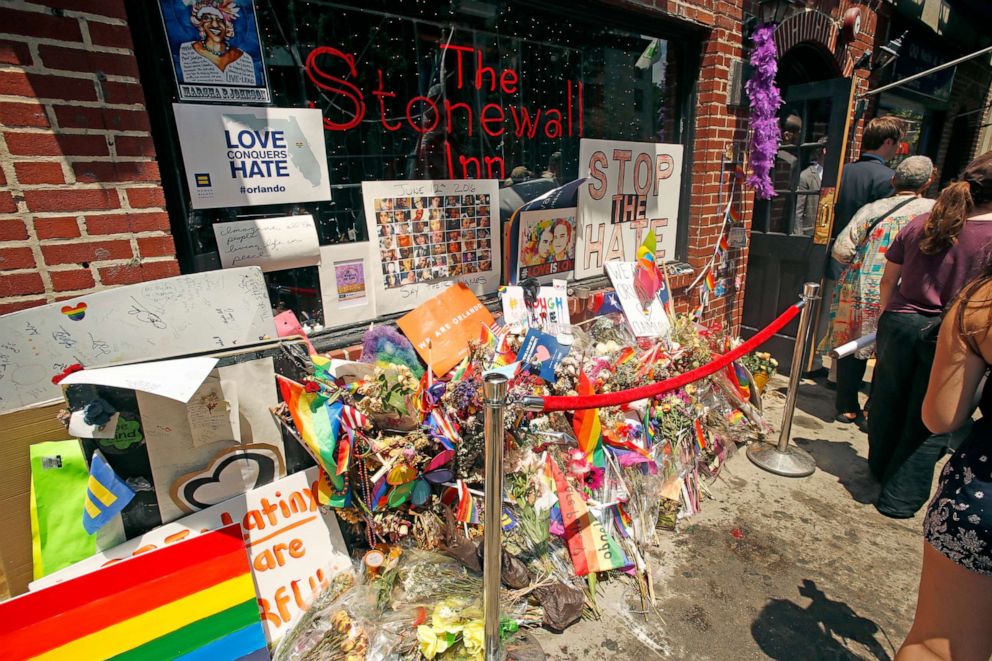
"We said we want to be treated equally under the law," Fouratt said. "And if the law doesn't, you have to change it."
Though gay rights activism existed in various pockets prior to 1969, the incident at Stonewall galvanized and mobilized the LGBTQ community towards increased organizing.
Segal recalled handing out leaflets up and down the same block as Stonewall to get others to join the fight for gay rights and equality.
"There's a Gay Liberation Front recruitment poster that came out in 1969 and it says, ‘Join us,'" Fouratt said. "We created an alternative family. This is what oppressed people do. To be told ‘It's okay, you are loved,' that's part of Gay Liberation."
"It's all of us together, women and men, and trans and bi," said Karla Jay, a lesbian feminist activist, who was one of the first female chairs of the Gay Liberation Front. "I felt that our goal was to transform the world."
One year after the riots, activists in the community organized the "Christopher Street Liberation March" on June 28, 1970. They aimed to march through Manhattan to Central Park without a permit.
"We're coming off a year of so many incredible firsts, being out and open to our community, fighting the police, saying, ‘This is our space. This is who we are,'" Segal said. "We wanted to celebrate that."
It was a brave and bold demonstration.
"I would hate to admit it then, but I was scared that something was going to happen to us," Fouratt said.
The march began with only a few hundred participants.

"When we got to 17th Street, I climbed up a pole and people were still coming out of Christopher Street," Segal remembered. "There were chills going down my back that I will never have again. It was amazing. And according to the New York Times, 5,000 showed up at our first march. We believe it was many more, some say as many as 15,000."
"It was a really brave act," said Cox. "It still is, but in 1970, it was really brave."
That first march paved the way for annual pride celebrations across the U.S. and the world. In 2017, 2.1 million spectators celebrated pride in New York.
"It's not just gay pride. It's pride in who you are, pride in your history, pride in yourself," said Griffin-Gracy.
"They were heroes. They really just sparked the entire movement for LGBTQ equality," said transgender teen and activist Jazz Jennings. "They really paved the way for all of these future parades that occur nowadays. It's become a staple of the LGBTQ community."
Since the Stonewall uprising, the LGBTQ community has celebrated many milestones in the U.S. Four years ago, the Supreme Court struck down all state bans on same-sex marriage, legalizing it in all fifty states.
"In some ways we have come incredibly far. The fact that we have marriage in this country as a legal right, that is an amazing step for us," said Jay. "But we have so much further to go."
In 28 states, there are no explicit laws protecting LGBT people from discrimination in employment, housing and public accommodations.
"I think of that 18-year-old boy, standing outside Stonewall. All the things I'd hoped for, I didn't think we'd get in my lifetime," Segal said. "I didn't think I'd see the laws roll back as I have. I didn't think I'd see gay people in uniform. When I see an elected official, I feel we helped do that."

